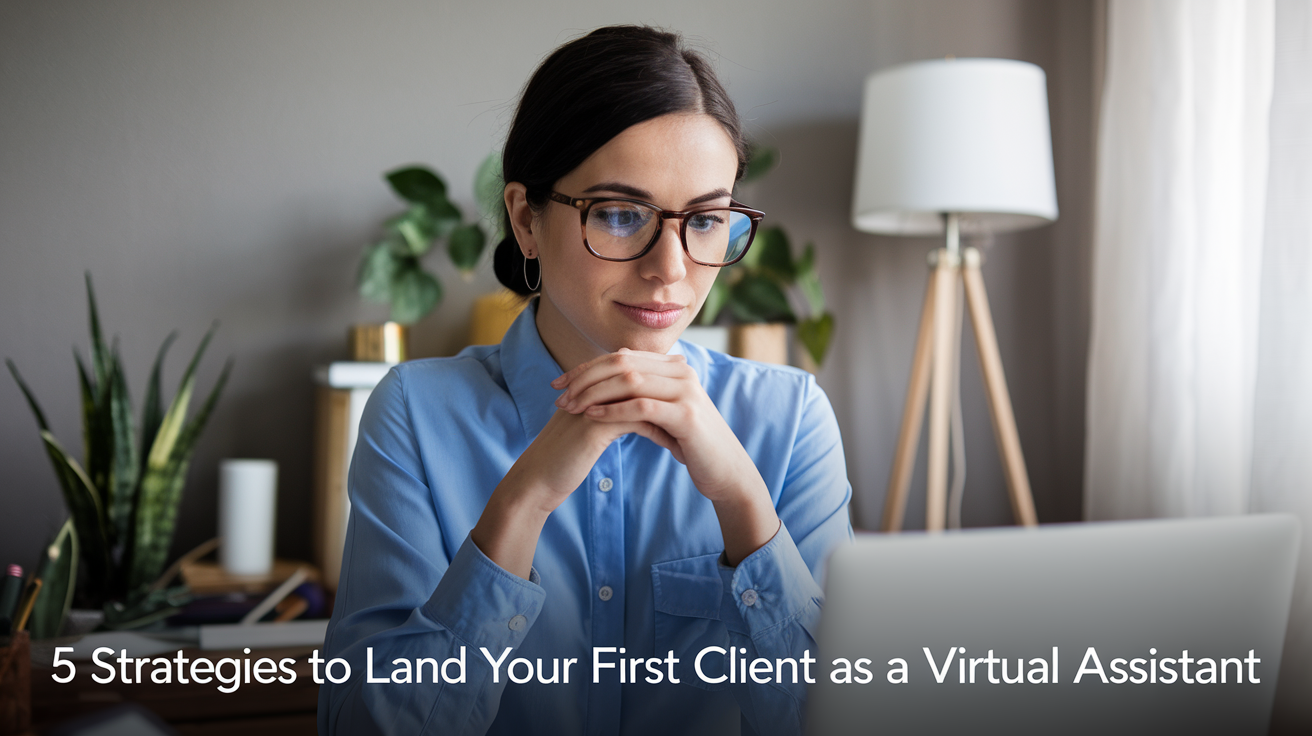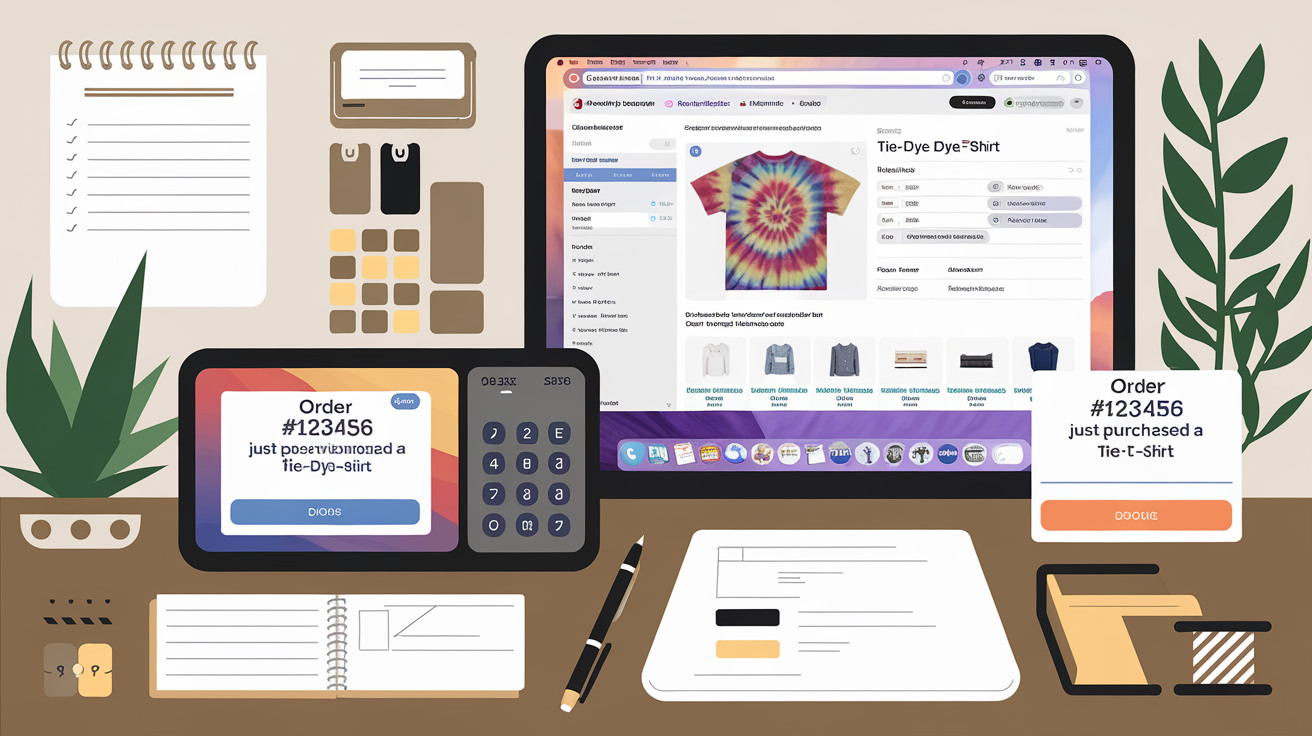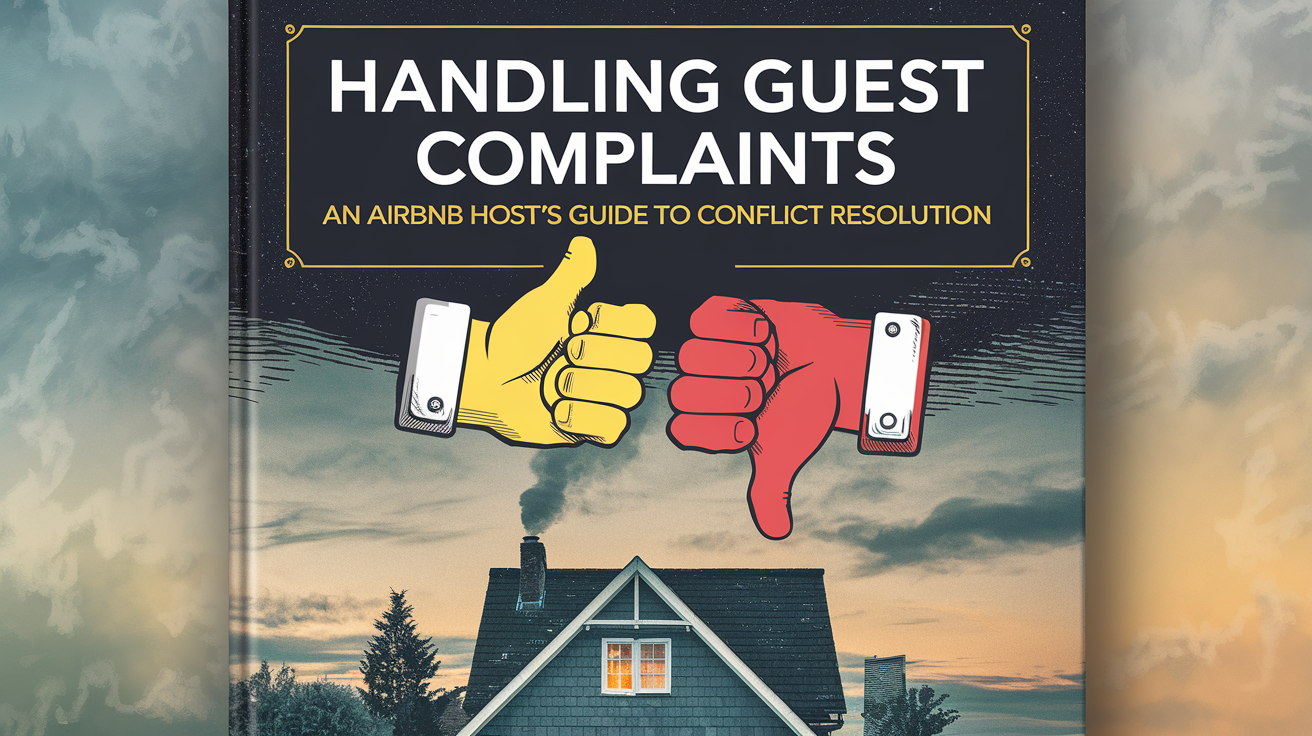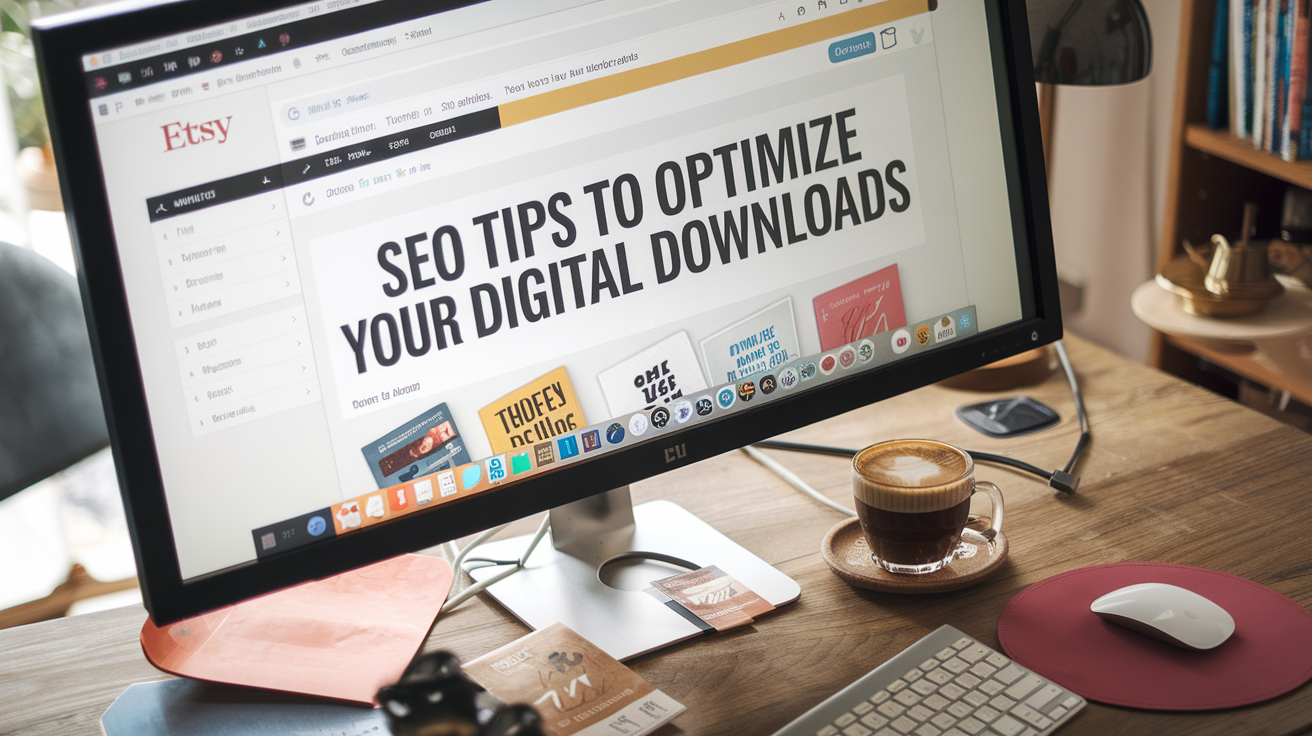

Starting a virtual assistant business with no experience might seem daunting, but it’s more achievable than you think. As remote work continues to thrive, the demand for skilled virtual assistants is on the rise, offering a flexible and rewarding career path for those willing to take the leap. The good news? You don’t need prior experience to get started—just a willingness to learn and a plan to follow.
In this guide, we’ll walk you through everything you need to know to launch your virtual assistant business from scratch. From identifying transferable skills to creating a budget-friendly business plan and marketing your services, this step-by-step approach will empower you to build a successful VA business even without prior expertise. Let’s get started!
1. Understanding the Role of a Virtual Assistant
A virtual assistant (VA) is a professional who provides administrative, technical, or creative assistance to clients remotely. With businesses increasingly relying on digital tools, virtual assistants are in high demand across industries. The beauty of this profession is its flexibility—you can offer services tailored to your skills and interests, making it a perfect option for beginners starting with no experience.
What Does a Virtual Assistant Do?
As a VA, your responsibilities can range from simple tasks like managing emails and scheduling appointments to more specialized services like social media management, bookkeeping, or customer support. Common services include:
- Data entry and organization.
- Calendar and inbox management.
- Research and reporting.
- Content creation and editing.
- Managing social media accounts.
Even if you don’t have direct experience in these tasks, chances are you already possess some transferable skills from previous roles. For instance, if you’re organized, detail-oriented, or tech-savvy, you’re already equipped with qualities that make for a great VA.
Why Become a Virtual Assistant?
There are several reasons why starting a virtual assistant business is an appealing option:
- Low startup costs: You can begin with minimal investment, as most tasks require just a computer and internet connection.
- Flexible work schedule: Work from anywhere and choose hours that suit your lifestyle.
- Diverse opportunities: Specialize in areas you’re passionate about, whether that’s creative work, administrative tasks, or tech support.
Virtual assistant roles are also ideal for individuals looking to work remotely, especially those starting a business without prior experience. With the right planning and effort, you can carve out a niche in this growing industry.
Understanding the wide scope of what a VA can do will help you define your services and attract the right clients—key steps as you build your virtual assistant business.
2. How to Get Started Without Experience
Starting a virtual assistant business without experience is entirely possible, as many successful VAs began their journey with no formal background in the field. According to a 2023 survey by Virtual Assistant Hub, over 60% of new VAs launched their businesses with zero prior experience but grew their careers by leveraging transferable skills and upskilling through online resources.
Here’s how you can get started and set yourself up for success:
Identify Transferable Skills
You might think you lack the skills to become a virtual assistant, but chances are, you already have valuable abilities that can be applied to this role. Reflect on tasks you’ve handled in past jobs, such as:
- Managing calendars or organizing files.
- Writing emails or creating presentations.
- Handling customer inquiries or providing technical support.
Even personal skills, like being detail-oriented or good at problem-solving, can translate into a successful VA business.
Learn the Skills You Need
If there are gaps in your knowledge, the internet is your best friend. Plenty of free or affordable resources are available to help you learn the most in-demand virtual assistant skills:
- Platforms like Coursera, Udemy, and LinkedIn Learning offer courses on administrative tools, communication strategies, and project management.
- Many tasks VAs handle—like social media scheduling or basic bookkeeping—can be learned through YouTube tutorials or free guides available online.
According to Glassdoor, virtual assistants in the U.S. earn an average annual salary of $42,000, with top earners making over $60,000. Investing in skill development not only boosts your confidence but also positions you to attract higher-paying clients.
Start Small
When you’re just starting, consider offering a few basic services to test the waters. For example:
- Email management and scheduling.
- Simple data entry or research tasks.
- Social media posting using tools like Buffer or Hootsuite.
Starting with straightforward tasks allows you to gain experience and build your portfolio without feeling overwhelmed.
Related: How to Build a Standout Virtual Assistant Portfolio
Get Comfortable with Tech Tools
Many virtual assistant tasks require familiarity with online tools and platforms. Some commonly used tools include:
- Trello or Asana for task management.
- Google Workspace for document sharing and collaboration.
- Zoom or Slack for communication.
Investing time in learning these tools can make you more marketable as a VA. For instance, proficiency in tools like Canva or Mailchimp can open doors to clients seeking creative or email marketing support.
By leveraging your existing skills, dedicating time to learning, and starting with simple services, you can confidently launch your virtual assistant business even with no prior experience. As the demand for virtual assistants continues to grow—by 41% annually according to Upwork—there’s no better time to enter this thriving field.
3. Creating a Virtual Assistant Business Plan
Starting your virtual assistant business without experience might feel overwhelming, but having a clear business plan can make the process manageable and set you up for success. A business plan acts as your roadmap, outlining your goals, services, pricing, and target market. Even a simple plan can help you build confidence and stay focused as you launch your VA career.
Why Do You Need a Business Plan?
A business plan isn’t just for securing funding—it’s a tool to help you organize your ideas and prioritize actions. It answers common questions like:
- What services will you offer?
- Who is your ideal client?
- How much should you charge?
- What are your goals for growth?
Even if you’re starting small, having a plan ensures you approach your business with clarity and professionalism.
What to Include in Your Virtual Assistant Business Plan
Here’s a simple framework to get started:
- Define Your Services Begin by listing the specific services you plan to offer. These could include:
- General administrative support (e.g., email management, scheduling).
- Creative tasks (e.g., social media content creation, graphic design).
- Technical services (e.g., website updates, basic bookkeeping).
- Identify Your Target Market Think about the types of clients you’d like to work with. Do you want to assist small business owners, freelancers, or online entrepreneurs? Narrowing your niche helps you market your services more effectively and attract the right clients.
- Set Your Pricing One of the most common concerns for new VAs is deciding how much to charge. Research what other virtual assistants charge in your niche. For beginners, hourly rates typically range between $15 and $30, depending on the complexity of tasks and location. As you gain expertise, you can transition to package-based pricing for specific services.
- Outline Startup Costs Another frequent question is how much it costs to start a VA business. The answer? Not much! With just a laptop and internet connection, you can begin offering services. Other potential costs include:
- A website or portfolio ($50–$100 for hosting and templates).
- Basic tools like Zoom, Google Workspace, or Canva (many of which offer free tiers).
- Set Short- and Long-Term Goals Establishing clear goals helps you stay motivated and measure your success. For instance:
- Short-term: Land your first client within 30 days.
- Long-term: Build a steady client base of 5–10 clients within a year.
Addressing Common Concerns
- What if I don’t have clients immediately?
That’s okay! Begin by offering your services to friends, family, or small businesses at a discounted rate to gain experience and testimonials. - How do I stand out from other VAs?
Specialize in a specific niche or service, such as real estate virtual assistance or Pinterest management. This makes you more attractive to clients in that area. - What if I make mistakes as a beginner?
Everyone starts somewhere. Be transparent with your clients, learn from feedback, and continuously improve. Many clients value reliability and communication over perfection.
By creating a simple, actionable business plan and addressing your initial concerns, you’ll feel more confident about launching your virtual assistant business. Remember, starting small and staying adaptable are key to growing your business over time.
4. Budgeting and Tools for Starting on a Tight Budget
One of the biggest advantages of starting a virtual assistant business is the low startup cost. Unlike traditional businesses, you don’t need a physical office or expensive equipment to get started. With a computer, internet connection, and a few affordable tools, you can hit the ground running.
How Much Does It Cost to Start a Virtual Assistant Business?
Starting a virtual assistant business can be incredibly cost-effective. Here’s a breakdown of some common expenses:
- Laptop or computer: If you already have one, this cost is eliminated. Otherwise, budget around $300–$700 for a basic setup.
- Software and tools: Many essential tools for VAs have free versions. For example:
- Google Workspace (email, calendar, and document sharing).
- Trello or Asana for task management.
- Canva for creating graphics.
- Website or portfolio: While you can use free platforms like LinkedIn or Behance to showcase your work, having a personal website adds credibility. Expect to spend $50–$100 annually on hosting and a domain.
In total, you can start your VA business for less than $500, which is significantly lower than most other businesses. Focus on free or low-cost tools initially, and upgrade as your business grows.
Essential Tools for Virtual Assistants
Using the right tools can save you time and improve your efficiency. Here are a few must-haves:
- Communication Tools: Zoom, Slack, or Microsoft Teams for staying connected with clients.
- Organization Tools: Trello, ClickUp, or Notion to track tasks and deadlines.
- Payment Tools: PayPal, Stripe, or Wise for sending and receiving payments easily.
- Marketing Tools: Canva for creating branded materials and social media graphics.
By leveraging affordable and efficient tools, you can keep your costs low while maintaining a professional and organized business.
Related: Top 5 Tools for Virtual Assistants to Boost Productivity
5. Marketing Your Virtual Assistant Business
Once your business is set up, the next challenge is attracting clients. Many new VAs worry about standing out in a competitive market, but with a clear strategy, you can build a strong client base—even as a beginner.
Build an Online Presence
Having a strong online presence is key to marketing your business. Start by creating profiles on platforms where potential clients are active:
- Website: A simple one-page site highlighting your services, portfolio, and contact information is a great start.
- Social Media: Platforms like LinkedIn, Instagram, or Facebook can showcase your expertise and connect with potential clients. Post content related to your niche, such as tips, case studies, or testimonials.
- Freelance Platforms: Websites like Upwork, Fiverr, and Freelancer allow you to connect with clients searching for virtual assistants.
Leverage Networking
Networking is one of the most effective ways to land your first few clients. Join virtual assistant groups on Facebook, LinkedIn, or Reddit, where you can connect with other VAs and potential clients. Attend virtual business events or webinars to introduce yourself to small business owners and entrepreneurs.
Use Marketing Strategies That Work
To effectively market your VA business, consider these strategies:
- Cold Outreach: Email small business owners or entrepreneurs who might benefit from your services. Personalize each email to highlight how you can solve their specific pain points.
- Client Referrals: Once you land a client, ask for testimonials and referrals. Happy clients are often willing to recommend your services.
- Niche Specialization: Specializing in a specific niche—such as real estate, e-commerce, or social media management—makes it easier to attract targeted clients.
Common Marketing Questions
- How long does it take to find clients?
On average, most new VAs land their first client within 4–6 weeks of actively marketing their services. - Do I need paid ads?
Not initially. Focus on organic marketing and networking before investing in ads.
Related: 5 Strategies to Land Your First Client as a Virtual Assistant
By keeping your startup costs low and using effective marketing strategies, you can attract clients and grow your virtual assistant business steadily. Remember, consistency is key—building a business takes time, but each step you take brings you closer to success.
Conclusion
Starting a virtual assistant business with no experience is not only possible but also an exciting opportunity to build a flexible and rewarding career. By leveraging your existing skills, learning new ones through affordable resources, and creating a simple business plan, you can confidently take the first steps toward success. With minimal startup costs and an array of tools to streamline your operations, launching your VA business has never been more accessible.
To recap:
- Begin by understanding the role of a virtual assistant and identifying your transferable skills.
- Use free or low-cost resources to learn essential skills and gain confidence.
- Create a business plan that outlines your services, pricing, and target market.
- Keep startup costs low by utilizing budget-friendly tools and software.
- Market your business through online platforms, networking, and niche specialization.
The demand for virtual assistants is growing rapidly, and there’s no better time to enter this thriving field. Whether you’re seeking a side hustle or a full-time career, starting your virtual assistant business can open doors to countless opportunities.
Ready to take the next step? Begin by drafting your business plan today and exploring online resources to refine your skills. If you have any questions or want to share your journey, leave a comment below—we’d love to hear from you! Let’s get started on turning your goals into reality.
External Links
- Upwork – A platform to find virtual assistant job opportunities.
- Coursera: Virtual Assistant Skills Courses – Affordable courses to learn VA-related skills.
- Canva – Design graphics for your portfolio and social media.
- Slack – A popular communication tool for virtual assistants and clients.
- PayPal – A trusted payment platform for handling client payments.








































































